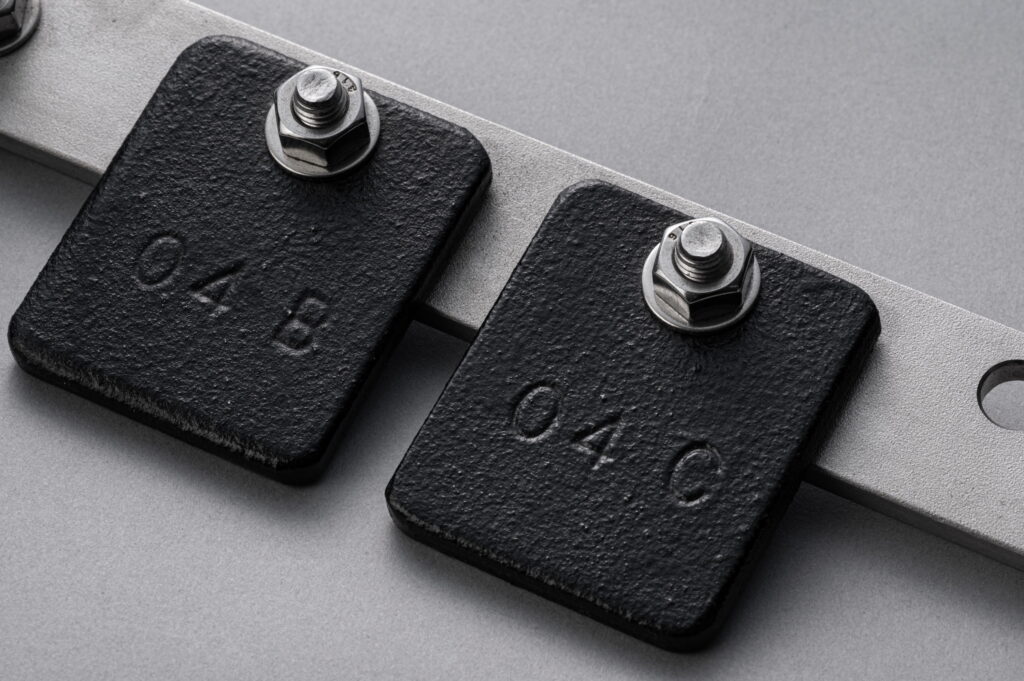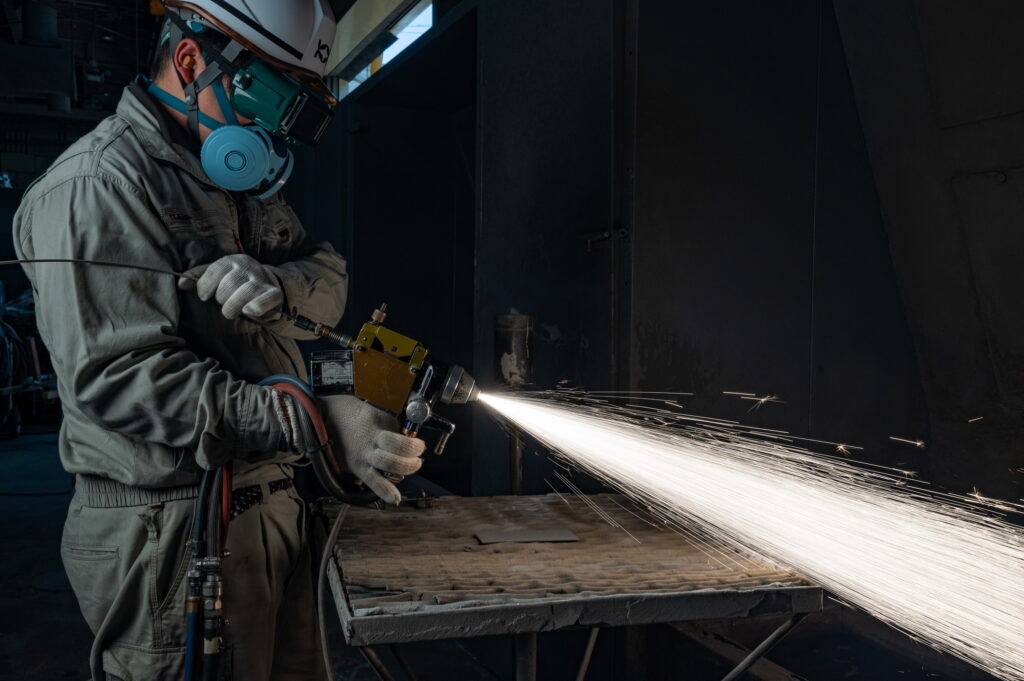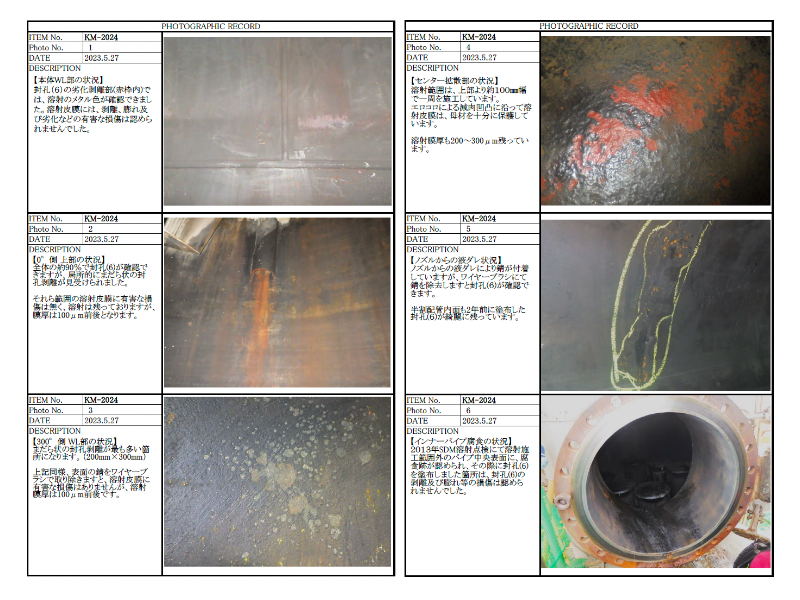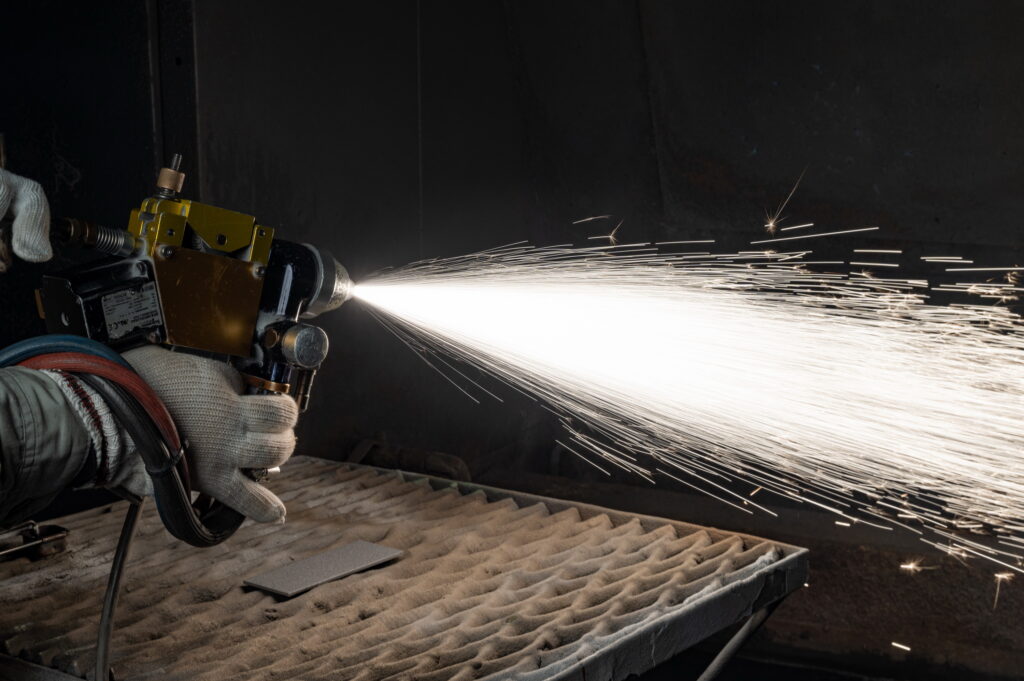At Kanmeta Engineering, we implement a thorough quality management system to deliver
high-quality services for your valuable equipment.
Quality Management at Each Stage of the Process
Before Construction
Prior to construction, we conduct tests using test pieces made of the same material as your actual equipment. Additionally, we perform tests over several years within the actual equipment to thoroughly verify the effectiveness of the construction and the absence of any issues.

During Construction
We take full responsibility for all stages, from pre-treatment to main construction and finishing. In surface treatment, meticulous processing from the substrate is crucial. Since post-construction visual inspection is not possible, these areas may not be prominent. However, to ensure the longevity of your equipment, we maintain high-quality construction throughout all processes.

After Construction
Post-construction, we conduct regular inspections and prepare status reports.
We also check for any abnormalities in areas other than the repaired sections to help prevent major issues before they occur.

Numerous Certified Thermal Spraying Technicians and Corrosion Prevention Managers
Our team consists of highly skilled professionals experienced in corrosion-resistant thermal spraying. We focus on training construction technicians to ensure consistent quality, regardless of who is in charge.
With experience spanning over 10,000 units, our team members hold certifications such as Thermal Spraying Technician. We also provide special education to qualify them as work supervisors, emphasizing safe operations.

Long-Term Data Management
Given the nature of our business, we often maintain long-term relationships with clients, sometimes spanning over a decade, from pre-construction testing to execution and aftercare. To support this, we digitize and securely store data related to your equipment and circumstances. This ensures consistent service even if there is a change in personnel.
We organize client data by equipment, corrosion type, and materials, allowing us to quickly reference similar past cases and propose appropriate construction methods.


